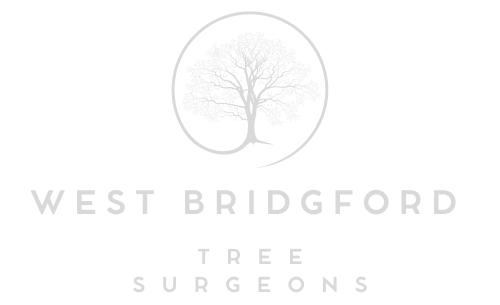Tree Crown Reduction for Storm Preparedness: Ensuring Safety and Resilience
Introduction: Storms and severe weather events pose significant risks to trees and property, often resulting in fallen branches, uprooted trees, and property damage. As part of proactive tree care and storm preparedness efforts, tree crown reduction is a valuable practice to mitigate the potential impact of storms and enhance tree resilience. In this blog post, presented by West Bridgford Tree Surgeons, we’ll explore the importance of tree crown reduction for storm preparedness and its role in ensuring safety and resilience.
1. Understanding Tree Crown Reduction
Tree crown reduction involves selectively pruning a tree’s outermost branches and foliage to reduce its overall size and volume while maintaining its natural shape and structural integrity. By reducing the weight and wind resistance of the tree’s crown, crown reduction helps minimise the risk of branch failure and tree toppling during storms and high winds. Properly executed crown reduction also promotes healthy regrowth and enhances the long-term health and vitality of the tree.
2. Mitigating the Risk of Structural Failure
During storms, trees with dense, sprawling crowns are more susceptible to wind damage and structural failure, particularly if they have weak or poorly attached branches. Crown reduction helps alleviate stress on the tree’s structure by removing excess weight and the wind sail effect, reducing the likelihood of branch breakage and tree uprooting. By selectively thinning and shaping the crown, tree surgeons can enhance the tree’s stability and resilience against storm-related hazards.
3. Promoting Airflow and Light Penetration
In addition to storm preparedness, crown reduction offers benefits, such as improved airflow and light penetration within the tree canopy. By opening up the crown and reducing foliage density, crown reduction allows for better air circulation and sunlight exposure, which can promote healthy growth and reduce the risk of fungal diseases and pest infestations. Enhanced airflow also helps dry out foliage more quickly after rainfall, reducing the risk of moisture-related issues.
4. Tailored Approach for Optimal Results
Crown reduction is not a one-size-fits-all solution and should be tailored to each tree’s specific needs and characteristics. Qualified tree surgeons assess factors such as tree species, growth habits, size, health, and location before determining the appropriate pruning techniques and extent of crown reduction. By taking a customised approach, tree surgeons can achieve optimal results while preserving the tree’s natural beauty and structural integrity.
5. Long-Term Benefits for Property Owners
Investing in tree crown reduction for storm preparedness offers long-term benefits for property owners, including reduced risk of property damage, enhanced safety, and improved aesthetics. Well-maintained trees not only contribute to a property’s beauty and value but also provide numerous environmental benefits, such as shade, habitat for wildlife, and carbon sequestration. Property owners can safeguard their investments by prioritising tree care and storm preparedness and enjoy the many benefits of healthy, resilient trees.
Conclusion: Tree crown reduction plays a crucial role in storm preparedness, helping to mitigate the risks of branch failure and tree toppling during severe weather events. By reducing the weight and wind resistance of the tree’s crown, crown reduction enhances stability and resilience, promoting safety and preserving trees’ beauty.
Call us on: 0115 647 1188
Click here to find out more about West Bridgford Tree Surgeons
Click here to complete our contact form and see how we can help with your tree’s needs.

